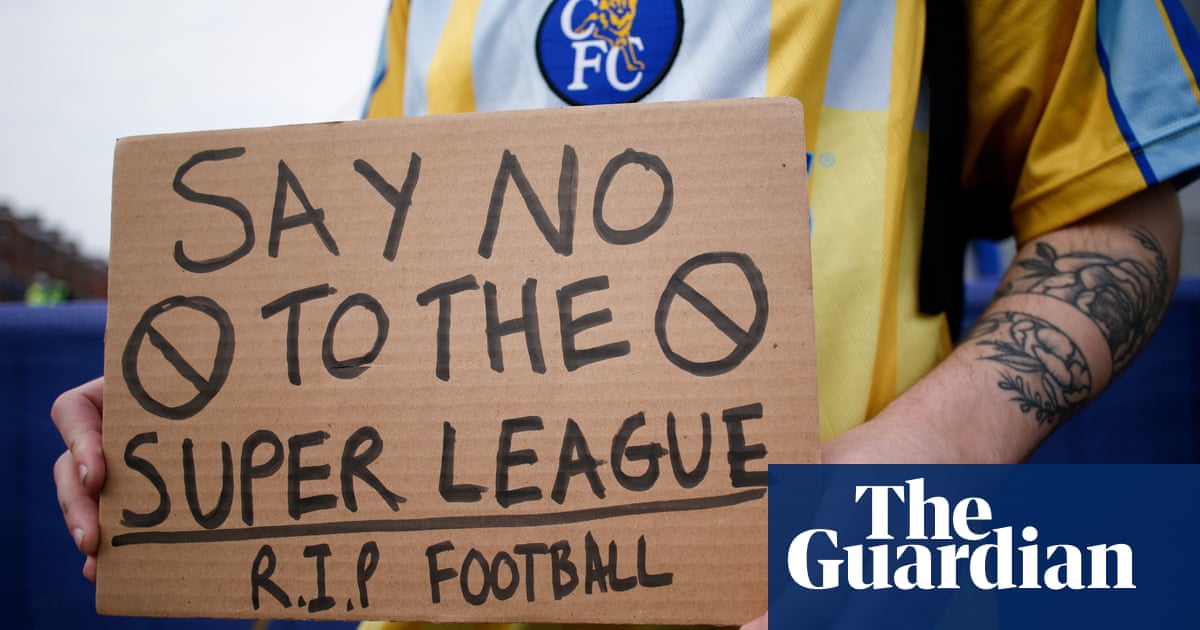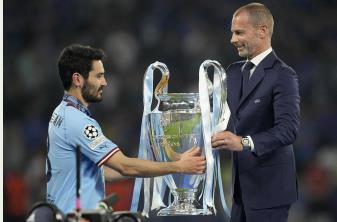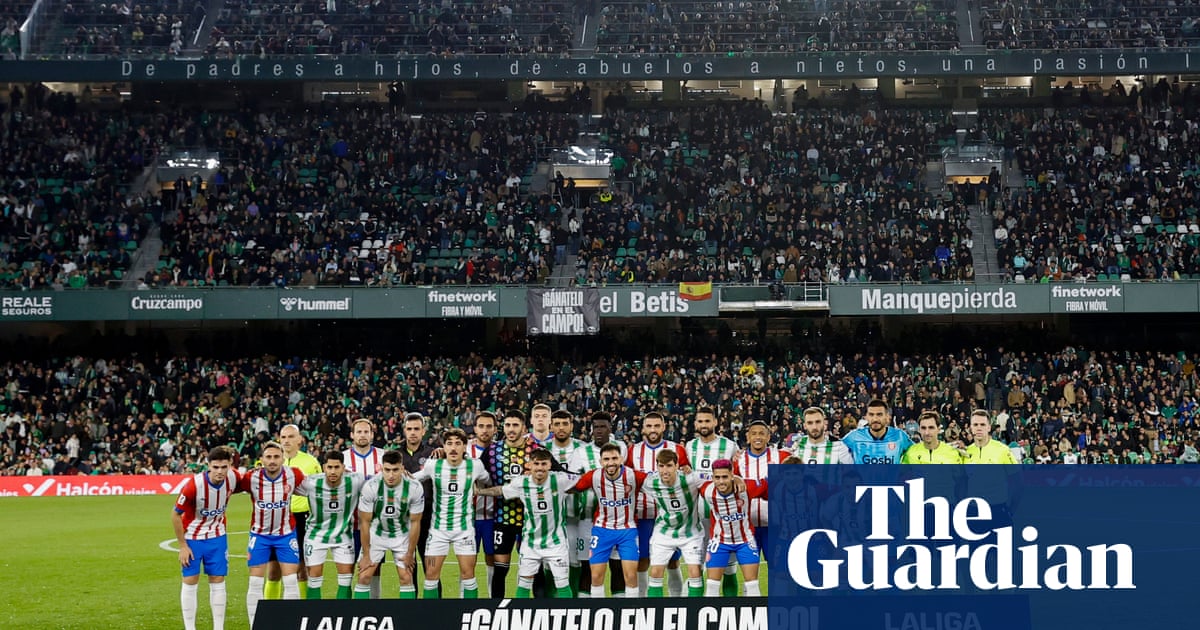
What is occurring in courtroom three of the European court of justice?
The official verdict on the case brought by the European Super League Company against Uefa will be heard on Thursday. Finally. The primary issue to be resolved is whether Uefa was within its rights to sanction the 12 clubs who wanted to join the breakaway competition. But beneath this there are many subsidiary issues which, added together, pose difficult questions about the future of European football.
In short, what are those issues?
Is it governing bodies such as Uefa who should control the direction of the game, or clubs? Should a body that enforces the rules, such as Uefa, also run competitions, as Uefa does? Is Uefa’s commitment to an “open” model of competition important, and if so what does it mean? And to what extent do the biggest clubs have an obligation to support their domestic leagues and smaller rivals?
Will we have an answer to all these questions on Thursday?
Well, no. But we will at least be able to see the some of the outlines of what is to come. If there is any other verdict than a complete reinforcement of the current way of doing things, the Super League will see the decision as a win. One of the outcomes anticipated by outside observers is that the court will tell Uefa to make the processes for creating new competitions clearer and more transparent. If so, the Super League will see this as encouragement for disruptive new ideas.
And Uefa?
It is likely to take a different view. Completing a process that had begun before the Super League affair, Uefa redrafted the rules on the authorisation of “International Club Competitions” last year. They included a commitment to ensuring new competitions – among other things – comply “with the principle of sporting merit and that sporting values always prevail over commercial interests”. They also insist that any potential competition organiser should “provide confirmation that it was not involved in the preparation or organisation of an unauthorised International Club Competition in the previous five (5) years”. These are rules designed with the possibility of stopping another Super League in mind. And clarifying these processes will not be the same as amending them.
So after all this, are we going back to a stalemate?
Let’s not get ahead of the verdict – there could be something clear and decisive which sits Uefa securely on its throne for a generation. A more nuanced message is likely to be grasped by the Super League as a sign of life – and a means of persuading clubs who to this point have been watching from the sidelines to come out in favour of a competition that would be run not be officials in Switzerland but by a private company on behalf of the clubs.
This, the Super League argues, is the model that would deliver greater revenues for its clubs and greater solidarity. Other groups, such as the European Club Association (ECA) with its more than 300 member clubs, may argue for the status quo.
This autumn Uefa confirmed a joint venture with the ECA to “further drive the commercial development of Uefa’s club competitions”, a scheme which sounds very much like a measure for increasing the amount of money available to clubs without throwing everything up in the air.
The expectation is that the European Court of Justice’s verdict will leave the Super League on the pitch, albeit with hands on haunches and one shinpad hanging out. What this legal process has shown, however, is that the rebel competition does not give up lightly. Be prepared for more scheming.











